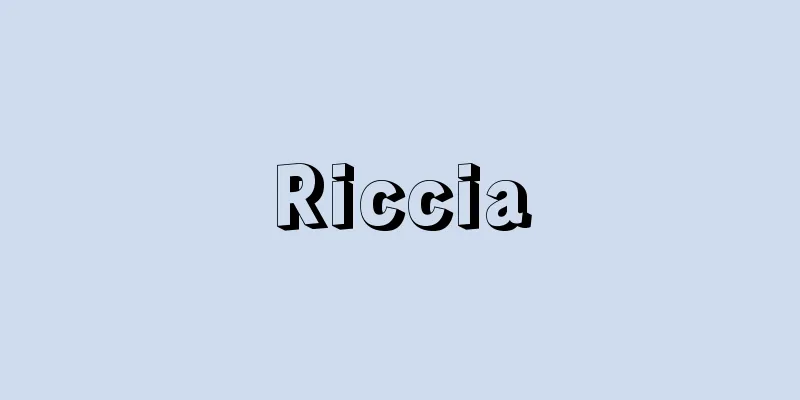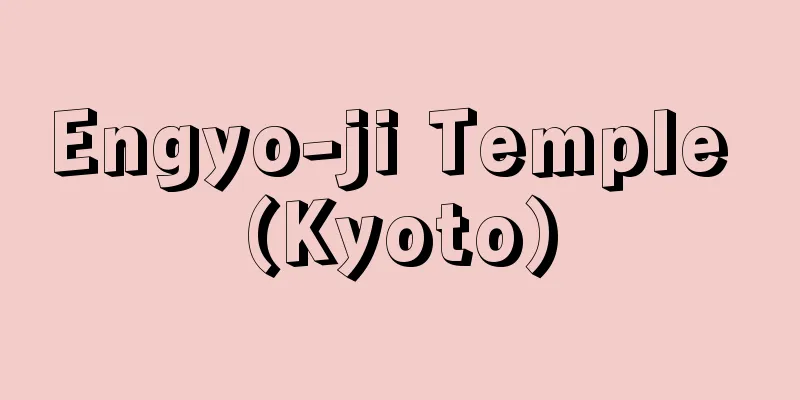Oharano Shrine - Oharanojinja

|
Located in Minami Kasuga-cho, Oharano, Nishikyo Ward, Kyoto City. Takemikazuchi-no-mikoto, Iwainushi-no-mikoto, Amenokoyane-no-mikoto, and Hime-o-okami are enshrined here. When Emperor Kanmu moved the capital from Heijo-kyo to Nagaoka-kyo in 784 (Enryaku 3), he enshrined the deity of Kasuga Taisha at the current site, but after moving the capital from Nagaoka-kyo to Heian-kyo, he enshrined it again at the current site in 850 (Kasho 3) at the request of Fujiwara Fuyutsugu. After that, it was revered as the clan deity of the Fujiwara clan, just like Kasuga Taisha. In the mid-Heian period, it was added to the list of 22 shrines, and it also held ceremonies not seen at Kasuga Taisha, such as imperial envoys visiting on the first day of February and the second day of November. The shrine's name comes from the place name "Oharano." In the Middle Ages, the shrine's front building fell into disrepair as the Fujiwara clan declined, but in the early Edo period Emperor Gomizunoo rebuilt the main shrine building and restored it to its former state. It was formerly a medium-sized shrine with government support. The annual festival is on April 8th. The "Oharano Daimyojin Engi" and other red seal letters remain. It is said that Mt. Oshio behind the shrine grounds once produced rock salt, and the legend of En no Gyoja is also added to it. [Masahiko Ninomiya] Source: Shogakukan Encyclopedia Nipponica About Encyclopedia Nipponica Information | Legend |
|
京都市西京区大原野南春日(みなみかすが)町に鎮座。建御賀豆智命(たけみかづちのみこと)、伊波比主命(いわいぬしのみこと)、天之子八根命(あめのこやねのみこと)、比咩大神(ひめのおおかみ)を祀(まつ)る。桓武(かんむ)天皇は784年(延暦3)平城京より長岡京に遷都とともに、春日大社の祭神を現社地に鎮祭したが、さらに長岡京より平安京に遷都後、藤原冬嗣(ふゆつぐ)の奏請(そうせい)により850年(嘉祥3)改めて現社地に勧請(かんじょう)した。その後、藤原氏の氏神として春日大社同様に厚く尊崇された。平安中期には二十二社の一社に加列され、2月上卯(う)日と11月中子(ね)日に勅使が参向するなど、春日大社にはみられぬ祭儀もあった。その社名は「大原野」の地名に由来する。中世には藤原氏の衰微とともに社頭もさびれたが、江戸初期に後水尾(ごみずのお)天皇が社殿を再興して旧態に復した。旧官幣中社。例祭日は4月8日。「大原野大明神縁起」ほか朱印状などが残されている。境内背後の小塩山(おしおやま)は、往時は岩塩を産したと伝え、役行者(えんのぎょうじゃ)の伝承も付加されている。 [二宮正彦] 出典 小学館 日本大百科全書(ニッポニカ)日本大百科全書(ニッポニカ)について 情報 | 凡例 |
>>: The Three Journeys of Ohara
Recommend
Andean Region
This refers to the region where the Andes run vert...
Olympic Academy
…The IOC has various committees that act as advis...
Kanayama [town] - Kanayama
An old town in Masuda County, central Gifu Prefect...
Otowa Tanshichi - Otowa Tanshichi
A title for Kabuki and Joruri. Original title Kant...
Oppenheimer, John Robert
Born: April 22, 1904, New York Died: February 18, ...
Hira (flat) - Hira (English spelling) white herring
A marine fish of the Clupeidae family, which inhab...
Wanxian (English name)
A city on the left bank of the Yangtze River in ea...
《Versuche über Pflanzenhybriden》 (English notation)VersucheuberPflanzenhybriden
…While he was director, he campaigned against hea...
Brasilia - Brasília (English spelling)
The capital of Brazil. It is a planned city built...
Ritual Magic - Gishi-ki-majutsu
...It is noteworthy that natural magic has been a...
Relatives - shinrui
〘Noun〙① A general term for blood relatives and aff...
Kifuchabohiba - Kifuchabohiba
…The new leaves of the Golden Cypress are yellow,...
Allen, YJ (English spelling) AllenYJ
…A magazine published in Chinese by American miss...
Kawara (English name) roof tile
It is one of the most common roofing materials, a...
Diatoms (Bacillariophyceae) - diatom
A general term for algae belonging to the diatom c...









